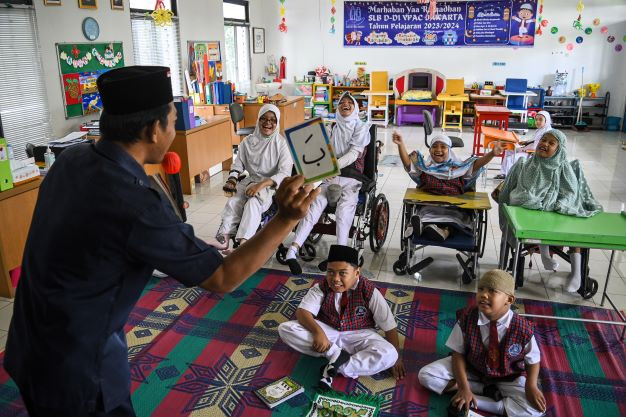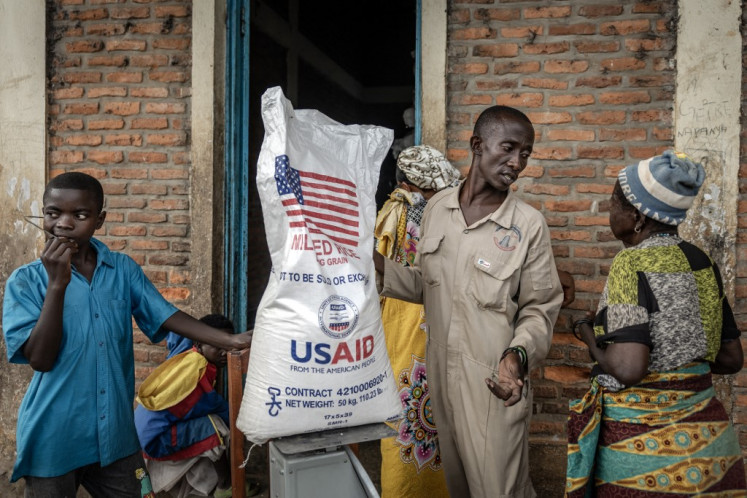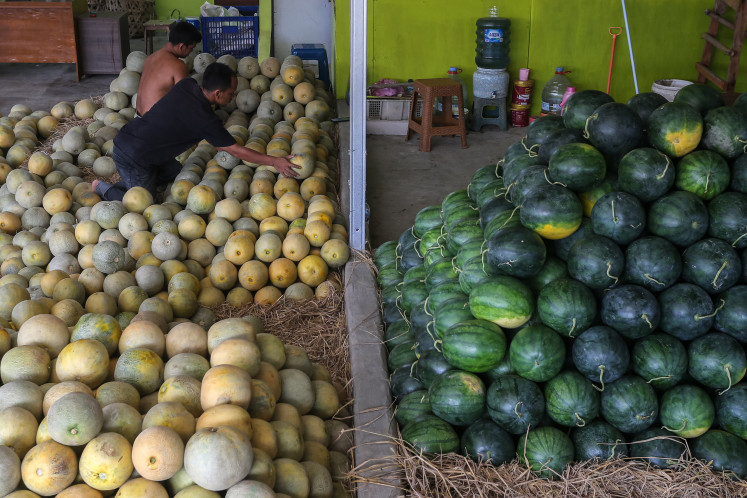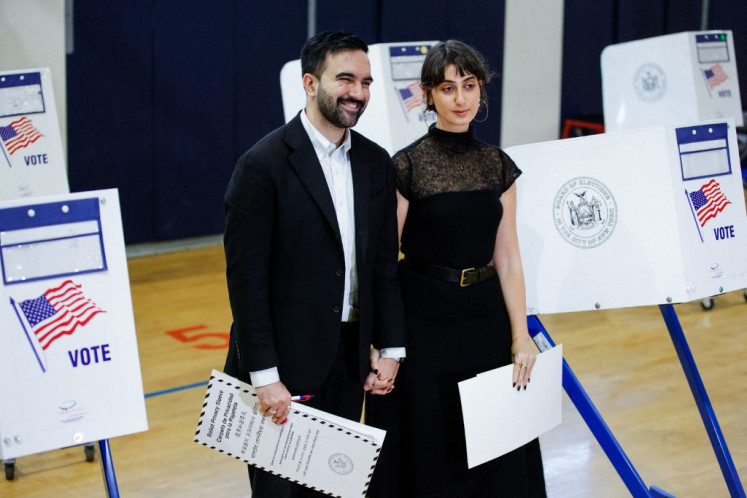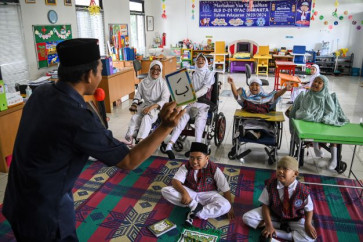Popular Reads
Top Results
Can't find what you're looking for?
View all search resultsPopular Reads
Top Results
Can't find what you're looking for?
View all search resultsEmbracing the Eid spirit to transform education
When educators align their teachings intending to foster empathy and social responsibility, they craft experiences that transcend academia, contributing to students' holistic development.
Change text size
Gift Premium Articles
to Anyone
I
dul Fitri, which Muslims across the world will celebrate this week, offers an opportune moment to reflect on the transformative power of niat (intention) in education, drawing inspiration from the essence of this festive time.
The holiday symbolizes reflection, renewal, forgiveness and the gathering of the community. These themes resonate deeply with the transformative aspects of teaching and learning.
The practice of niat in Islamic teaching signifies a mindful, purposeful act, an ethos that is particularly pertinent to education. This concept goes beyond the mere covering of a syllabus; it embodies teaching with a deliberate purpose, akin to the meticulous rituals performed during Ramadan.
For instance, the act of performing wudu (ablution) is not just a physical cleansing but a symbolic purification of one’s intentions – a practice paralleled in teaching when we cleanse our curriculum of rote learning, infusing it with critical thinking and problem-solving skills.
Idul Fitri is a time for redemption and starting anew, themes that can powerfully inform educational practices. Just as Muslims ask for forgiveness and embrace a fresh start during Idul Fitri, educators and students can use this time to revisit their niat and renew their educational journeys. As educators, it's essential to transition beyond the mechanical aspects of teaching, akin to our experience of ablution or prayer. Is our teaching driven by intention, or has it become a mere routine?
This reflection is critical, especially in teacher education, where we need to impart not just knowledge but the “why” behind it. For instance, embedding the intention of fostering critical thinking in mathematics teaches students not just the “how” but also the “why” of the subject.
In my recent lesson plan for pre-service teachers at the Faculty of Education, University of Canberra, I sought to reflect this spirit of renewal and embody the essence of niat through differentiated instruction and interactive activities. We engaged in activities that transformed abstract mathematical concepts into tangible experiences, mirroring the transformative journey from the fasting of Ramadan to the celebration of Idul Fitri. This included using practical, real-life examples to illustrate mathematical principles, and fostering a connection between the curriculum and the lived experiences of students.

